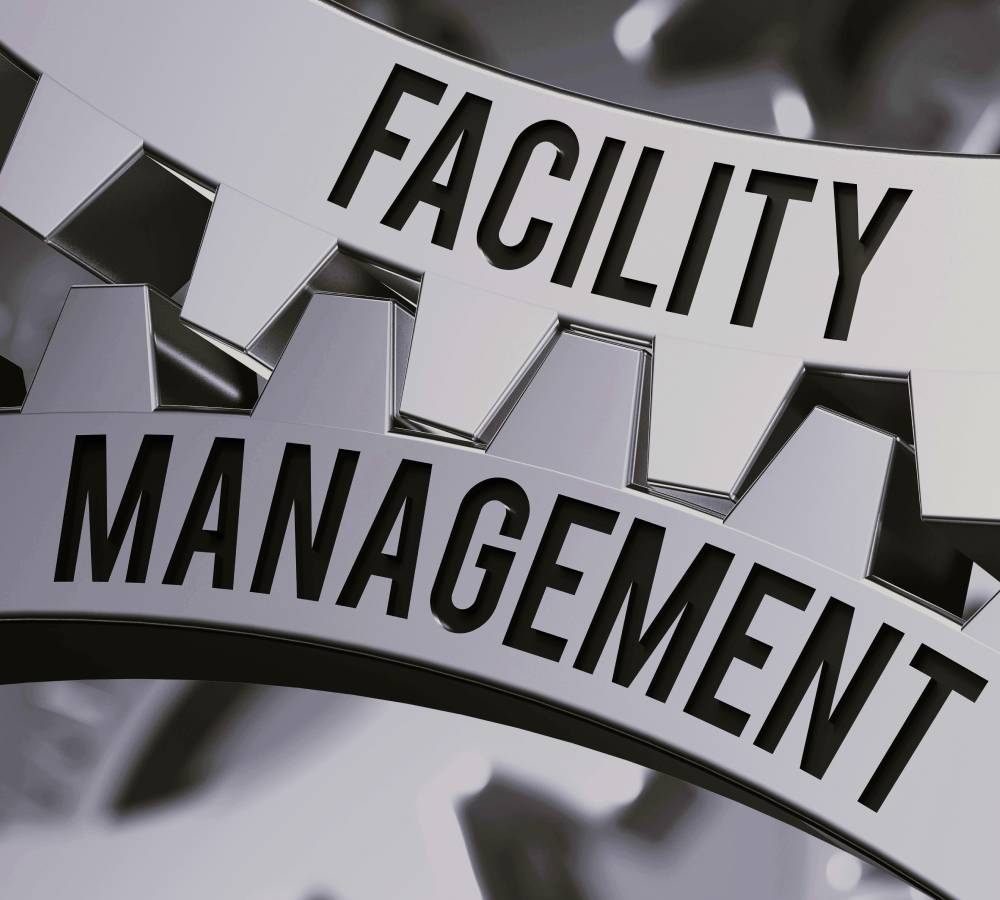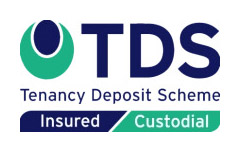The Right to Manage
Since the Commonhold and Leasehold Reform Act 2002, leaseholders have had the legal right to take control of their block away from their landlord, and as a consequence, replace their managing agent, through the Right to Manage. It is a relatively inexpensive, swift and straightforward means of doing so.
And it comes as no surprise that more and more people are choosing to exercise their Right to Manage, given that it’s simply a case of following a sequence of clearly set out steps whilst abiding by some well-established legislative requirements.
On meeting certain government-specified criteria, the Right to Manage is exercisable by leaseholders. What’s more, leaseholders are not required to prove that their existing managing agent has been incompetent or otherwise, and it takes just one person to initiate the process.
The minor stumbling blocks in the process are easily overcome with a little due care and attention; typically it is only a matter of ensuring that your block meets the qualification criteria in the first place, and thereafter carefully following the technical legalities involved.
Nevertheless, when outsourced to professionals, forming an RTM company is a simple, undaunting process, and the chances are that your block will sail through the Right to Manage acquisition without any complications or hold ups.
The Right to Manage – What does it mean?
Basically it means that the leasees (via what is known as an RTM Company which they set up & own) have control & in a number of cases will no doubt save considerable sums on repairs, maintenance, management fees, insurance premiums, and possibly enhance the saleability & value of their property.
Where the landlord has collected service charges in advance but not yet spent them all and is holding the remainder in a trust account, he is under an obligation to hand over all the unspent sums including any reserve account or sinking fund, so any monies that you have been paid & are held by the Landlord are required to be returned to you.
When you have secured the RTM Company, you may then appoint a new managing agent to manage the block and relinquish the responsibility of the management functions from you.
'Management functions' are 'functions with respect to services, repairs, maintenance, improvements, insurance and management'. These would usually include;
- Repairs, redecorations and maintenance of the structure of the building and the common parts
- Services such as lighting, cleaning, gardening etc. where appropriate
- Insuring the building
- Collection of service charges, accounting etc.
- Complying with statutory requirements relating to the management
- The day-to-day running & management of the block
Most leases contain provisions requiring the consent of the landlord to which can include sub-letting, assigning the lease and making alterations to the flat. The power to issue such approvals passes to the RTM company, although the company must keep the landlord informed and give notice to the landlord.
The Right to Manage - What happens next?
Step 1 – Ensure your block qualifies
This is typically a cut and dried process for most blocks – in order to qualify, your block must meet the following criteria:
- your building must be in part self-contained, and include at least two flats – part of a building is self-contained if it has a vertical division, could be redeveloped independently and has, or could have, its own services
- At least 2/3rds of the leaseholders must have leases longer than 21 years
- No more than 25% of the block may be used for non-residential use – excluding car parks and common areas connected with the flats.
- N.B. there are some issues relating to crown land / housing association owned properties. We suggest you contact us if you think either of these could be relevant to your block.
Step 2 – Create an RTM company
The RTM company is the actual body that takes on the management responsibility. This is a relatively straightforward process when carried out by a company formation agent. We advise that all company-founding leaseholders are made directors of the RTM company in smaller blocks, and that larger blocks have a minimum of three directors.
Step 2 – Create an RTM company
The RTM company is the actual body that takes on the management responsibility. This is a relatively straightforward process when carried out by a company formation agent. We advise that all company-founding leaseholders are made directors of the RTM company in smaller blocks, and that larger blocks have a minimum of three directors.
Step 3 – Secure participating leaseholders
In order to progress with acquiring the Right to Manage, at least 50% of leaseholders in the block must be willing to become members of the Right to Manage Company. Generally, come this point in the process, this figure will already have been met, as leaseholders will often hold an informal meeting to discuss the prospect of undertaking the Right to Manage. A notice to participate must be issued to all as-yet-unparticipating leaseholders, who then have fourteen days to respond. The form and content of this notice is dictated by the legislation.
Step 4 – Serve a claim notice on the landlord
Assuming at least 50% of leaseholders are willing to become members of the Right to Manage company, a formal notice must be submitted to the landlord informing them that the company intends to acquire the Right to Manage.
This is a critical step, in that any infringement of the legislative technicalities can potentially stall the Right to Manage process. The form and content of the notice is dictated by legislation. The claim notice must contain:
- details of the premises in question
- full names and addresses of each qualifying tenant who is a member of the RTM company
- the name and registered office of the RTM company
- a specified date for service of a counter-notice (a notice of response entitled to anyone who is issued with a claim notice), this must be no earlier than one month on from the date that the claim notice was issued
- a specified date, no less than three months after the date for the service of the counter-notice, on which the RTM company intends to acquire the Right to Manage Once the claim notice has been served, the landlord has one month in which to respond. If no response is issued, it is deemed that the landlord has consented to your acquiring the Right to Manage.
If the landlord contends your claim, they will be required to provide the reasons for their dispute. If, having heard the landlord’s contention, the leaseholders still wish to proceed with acquisition, they will need to take their landlord to the First Tier Tribunal (property). The First Tier Tribunal – Property will assess whether or not the leaseholders do, indeed, have the Right to Manage.
However, in reality there is little with which the landlord can reasonably take issue, other than if your building has not qualified under the criteria outlined in Step 1.
Step 5 – Prepare to take-over management of your property
Once leaseholders have obtained consent to acquire the Right to Manage, they usually have around three months in which to prepare for handover ahead of the acquisition date. We recommend that leaseholders do the following in this time:
- Decide whether to use a managing agent, or to self-manage.
- Discuss the level of service required, e.g. weekly or bi-weekly cleaning.
- Issue a Section 93 information request to the landlord for important information associated with the block. This ensures that leaseholders have at hand all pertinent information with which to run their block after having acquired the Right to Manage.
- Sign up relevant contractors to ensure that they are in place to provide services from the date of Right to Manage acquisition.
- Arrange for insurance to be put in place as of the date of Right to Manage acquisition.
Please note that the landlord is required to hand over all uncommitted service charge funds on the Right to Manage acquisition date or as soon as practically possible thereafter.












